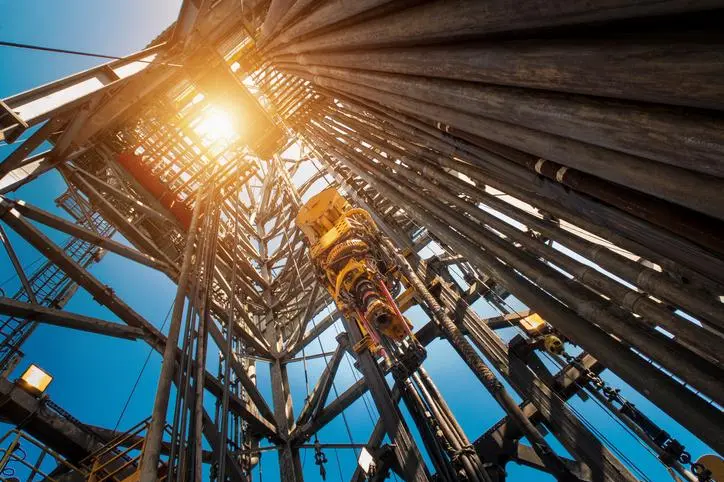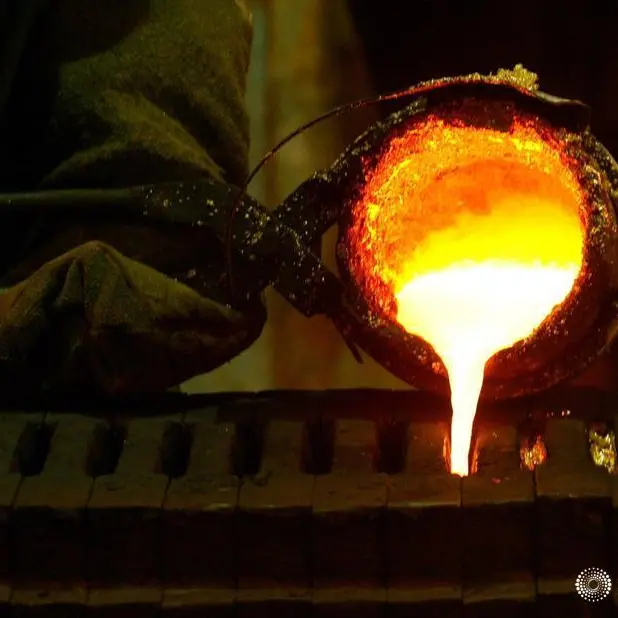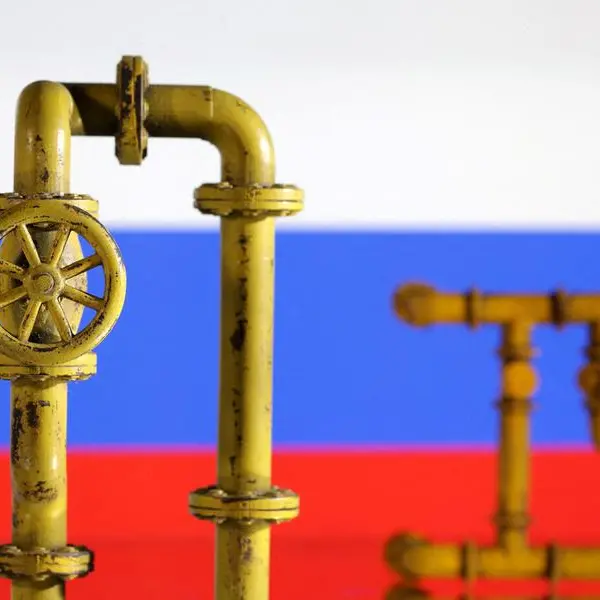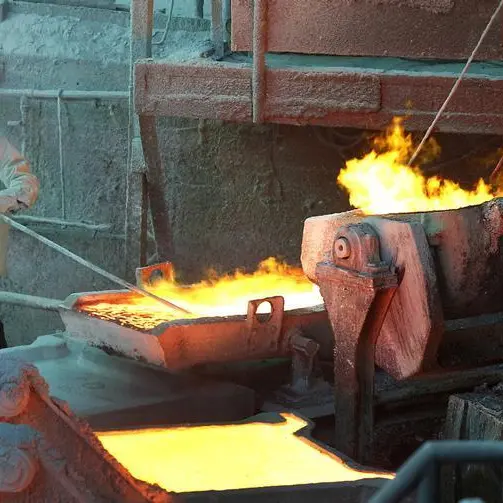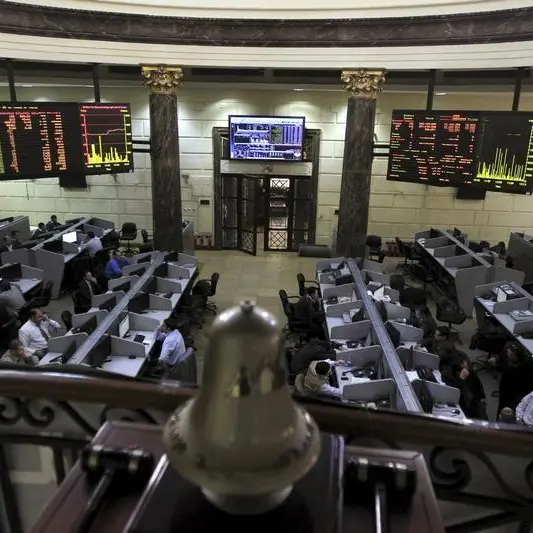PHOTO
Rising COVID-19 cases worldwide could impact the demand for oil once again, though crude prices have continued to rally in January after hitting $50 per barrel at the end of 2020, Kuwait-based KAMCO Invest said in a report.
The rally was fuelled by colder temperatures towards the end of the year and an announcement from OPEC+ about continued production cuts. A fall in inventories in the US, a weak US dollar and the accelerating pace of COVID-19 vaccination around the world were the other factors, KAMCO said in a report titled Oil Market: 2020 The Year That Was.
Video: Oil price demand recovery could be impacted by increasing COVID-19 cases
“Factors that affected prices were mainly related to the resurgence of COVID-19 cases in Europe that has resulted in stricter lockdowns amid record high new cases and the reimposition of lockdown in China.
“A rally in global equity markets with several large markets including the US, Japan and India at record highs also supported sentiment in the oil market,” the report said.
However, rising COVID-19 cases, with record deaths in the UK and the USA, and stricter lockdowns already in place for at least the first half of the year, could affect demand recovery, at least during the first half of 2021, the company said.
“Countries that were earlier expected to have effectively managed the pandemic, including China, have shown rising case counts recently.
“On the other hand, the global approval of new vaccines and accelerated pace of vaccinations with almost 33 million already administered brings some hope for the recovery from the pandemic,” the report continued.
UAE oil production reduced by seven percent to 2.853 million barrels per day from 2019 to 2020, while in Saudi Arabia the reduction was 5.9 percent to 9.211 million barrels per day. Production in Kuwait was down 10.2 percent to 2.421 million barrels per day.
KAMCO’s report shows that year-end oil prices for OPEC producers in 2020 have been lower than at any time in the past five years, finishing the year at $50.01 per barrel, with the average price per barrel for the year being $41.44, the lowest since 2016, when it fell to $39.10 per barrel.
According to the report, two political issues have the potential to impact the market going forward: The restoring of ties between Qatar and other GCC states and the new US administration and it’s policy related to Iran sanctions.
“Oil traders would also keep an eye on the new government in the US and its policy related to Iran sanctions, although changes, if any, are expected to be gradual,” KAMCO said.
(Reporting by Imogen Lillywhite; editing by Seban Scaria)
(imogen.lillywhite@refinitiv.com)
Disclaimer: This article is provided for informational purposes only. The content does not provide tax, legal or investment advice or opinion regarding the suitability, value or profitability of any particular security, portfolio or investment strategy. Read our full disclaimer policy here.
© ZAWYA 2021
